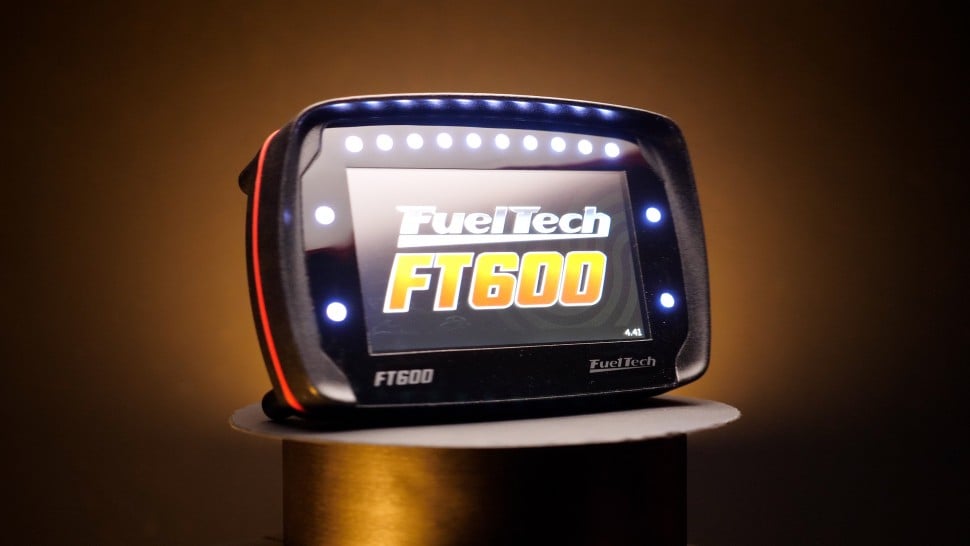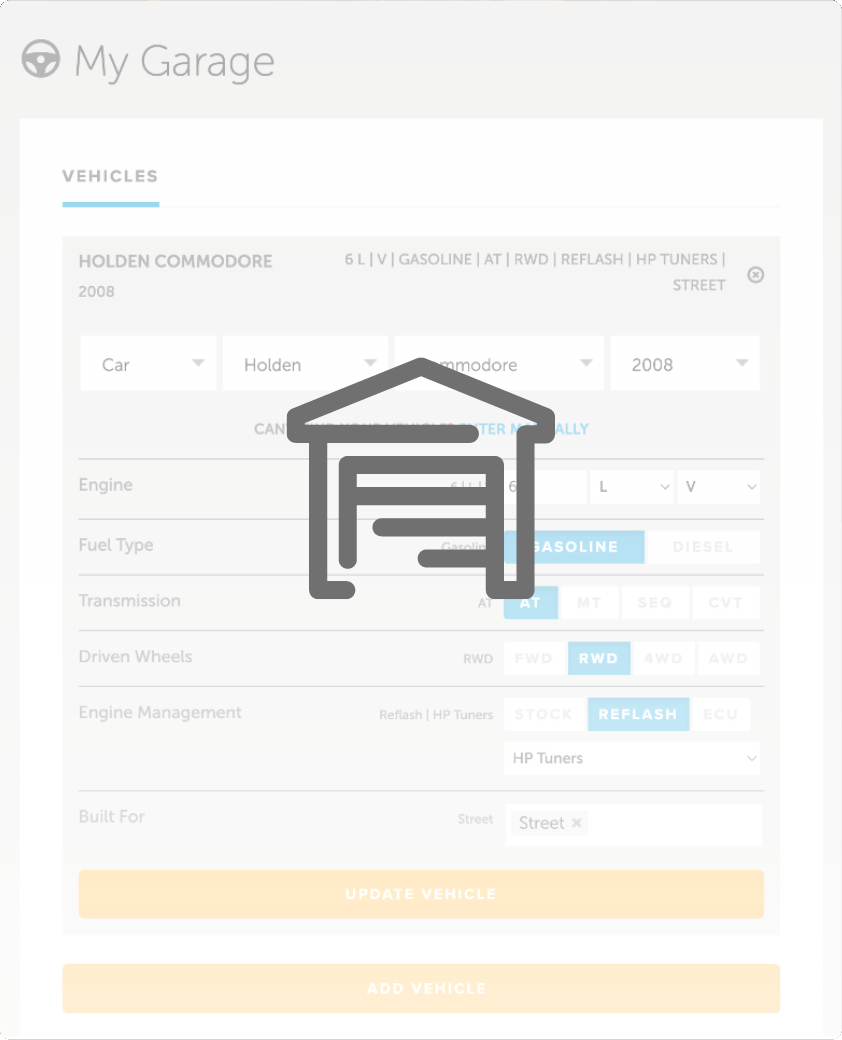| 00:00 |
Texture is often understood as the surface finish or feel of an object, but texture also includes the appearance, and in the 3D scanning world, this is what we're mostly concerned with when discussing texture.
|
| 00:12 |
Being able to capture this texture information from an object or environment we're scanning is naturally going to give the resulting 3D scan a completely different appearance.
|
| 00:22 |
While this isn't required for any form of mechanical design, it definitely gives the scan a much more realistic look, and the added detail can be helpful for distinguishing features and presenting our designs in the virtual world.
|
| 00:36 |
The scanner uses the colour camera to capture this information in addition to its cameras that capture the geometry.
|
| 00:44 |
Not all scanners will be able to capture this texture, so this is something that we need to add to our list of metrics to consider when looking to buy a scanner.
|
| 00:53 |
Like always, it might not be something we need, but it is nice to have the option.
|
| 00:58 |
Inside the scanning software, which we'll be getting more familiar with soon, we'll have the option to not only capture texture, but likely also use it for tracking.
|
| 01:07 |
Basically, the software will be able to pick up on the texture and use it as a feature to help understand its position as we complete the scan.
|
| 01:16 |
While this is generally helpful, it can require more processing power, and also if the texture is repetitive, then this can cause issues, so it might be worth avoiding.
|
| 01:27 |
In other words, we'll use the texture as a positioning feature if there is enough to offer an advantage, otherwise it's best avoided, especially if there's some sort of pattern in the texture, like carbon fibre for example.
|
| 01:40 |
We understand from the previous module that OBJ mesh files can contain this texture information, and SDLs cannot, so it should be clear that we need to be working with an OBJ file if we want to include the texture.
|
| 01:54 |
This texture information isn't necessarily contained within the OBJ file itself, but rather separate files.
|
| 02:01 |
Along with the mesh file, there'll also be an MTL file, which stands for material template library, as well as some image files like JPEGs for example.
|
| 02:11 |
In simple terms, the mesh is unwrapped into what's called a UV map.
|
| 02:15 |
This is like a flat image, with the coordinates denoted as U and V, rather than X, Y and Z, as these are already used in the 3D model.
|
| 02:24 |
The UV map is used to create the image files that provide the colour information for the MTL.
|
| 02:30 |
This MTL file can contain multiple layers or images that describe the appearance information for reflectivity, specularity, for example if the finish is glossy or matte, and roughness, as well as the base colour we just discussed.
|
| 02:45 |
Given that these are all stored together on our computer, the software will be able to access them all and open the mesh with this appearance applied, but we'll come back to this later in the course.
|
| 02:56 |
The key point from this module to remember is that it's possible to capture colour appearance of the object, more commonly referred to as texture when 3D scanning.
|
| 03:07 |
Although this isn't strictly necessary for mechanical design, it does produce a much more impressive looking scan that can have its advantages depending on your application.
|
| 03:17 |
Not all scanners can do this though and we need to be working with OBJ files as well as the MTL and image files, which we should always keep stored in the same location on our computer.
|





